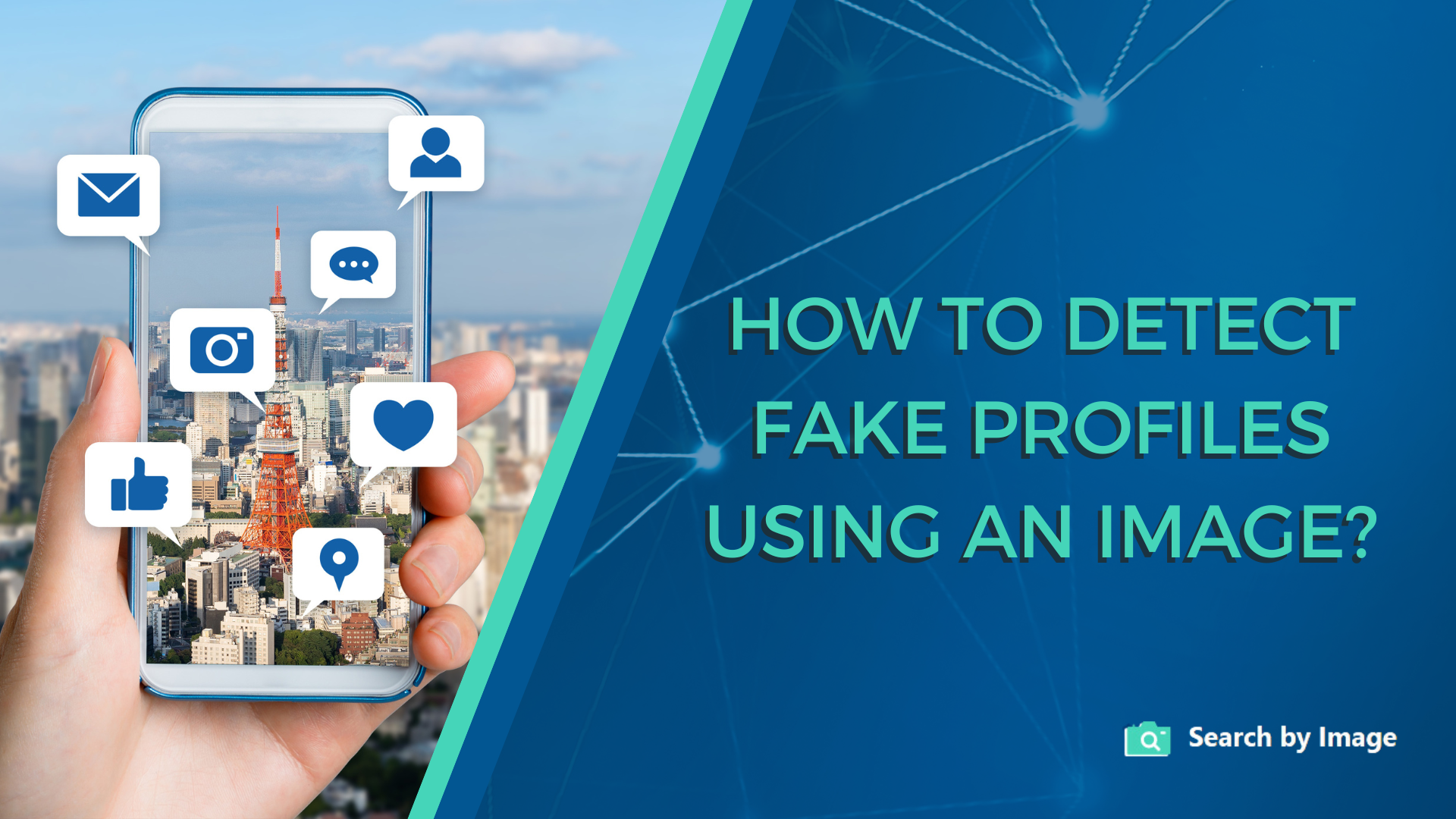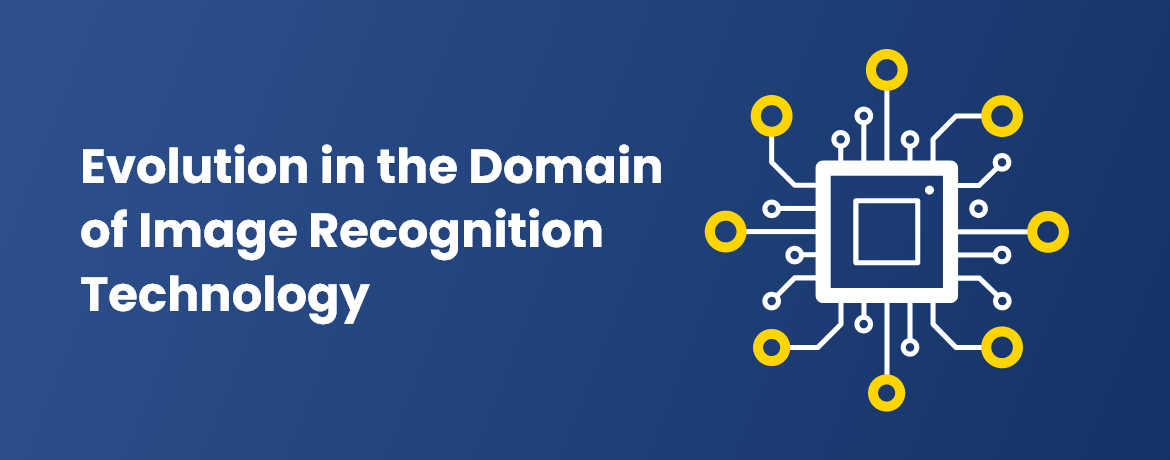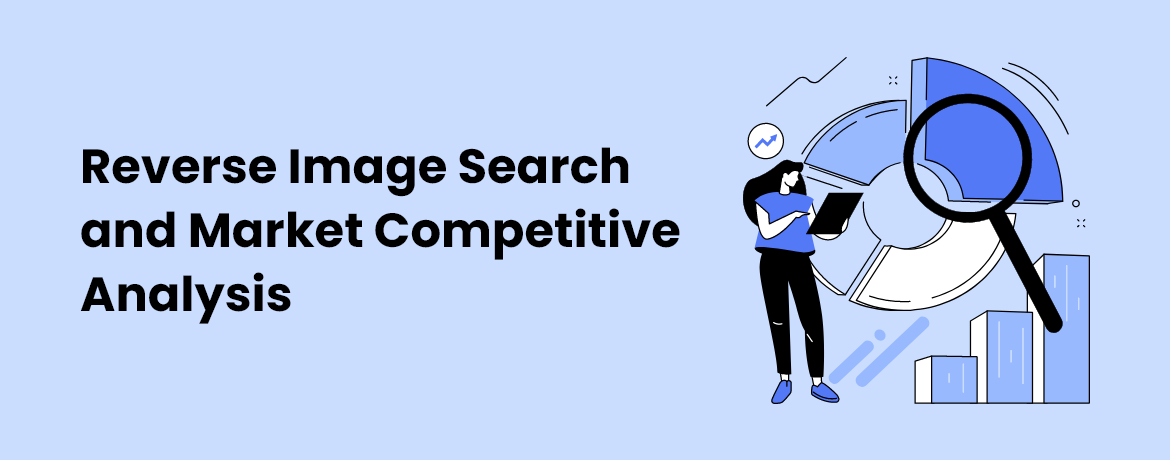

How to Detect Fake Profiles Using an Image?
The internet has made it easier to connect with people from all over the globe. However, this convenience comes with the risk of encountering fake profiles.
The issue of fake profiles has surrounded the internet from the very beginning. In the past, it was easier to spot bogus profiles. All people had to do was spot profiles with no pictures, a highly blurry image, or a photo with watermarks. But ever since technological advancements have made it easier to generate and manipulate imagery, identifying fake profiles has become more challenging.
However, you don’t need to worry because, In this blog post, we’ll share various effective tricks you can use to detect fake profiles using an image. So, let’s dive in here!
Technique # 1: Do a Visual Inspection and Cross Referencing
The most straightforward way to identify bogus profiles online is by analyzing the picture. So, try to spot any visual cues that fall under the criteria of red flags, such as the following:
- An image that looks like a stock photo.
- A picture with highly unnatural features, like:
- Blurry edges.
- Inconsistent background, colors, lighting, reflections, and shadows.
- Unrealistic skin tones.
- Unusual facial proportions.
These are common characteristics of fake internet profiles. If you find them in a profile, it will indicate their phony status.
To be further sure, you can also search for the profile’s name on other popular platforms. If you find the exact profile elsewhere, this will indicate that it is an accurate profile. But if that’s not the case, the profile is fake.
Technique # 2: Consider the Context
Sometimes, the surrounding context of a profile image can tell more about the picture than a visual inspection. So, don’t forget to evaluate it!
To do so, first, check additional details on the profile you’re analyzing. This generally includes reviewing things such as:
- Age
- Interests
- Location
- Profession
Then, compare this information with the profile photo. If the picture doesn’t seem suitable for the details specified, the profile is fake. Let’s understand this method better through an example.
Let’s say that a profile features a professional-looking individual, but the rest of the details indicate that a teenager is using that particular account. Such a profile is generally fake.
Technique # 3: Perform Metadata Analysis
Every picture available on the web has some sort of EXIF metadata, which generally includes the following details:
- The device used to capture the photo.
- The date and location of the image.
- Information about the creation and editing software.
- Details about the creator and copyright ownership.
Based on these factors, review the profile picture you want to analyze. To do so, save the photo to your device and use the built-in metadata viewer of your file explorer.
However, the built-in file explorer sometimes fails to extract the metadata details completely for privacy reasons. In such situations, you can get assistance from a dedicated metadata viewer or EXIF tool to read the metadata of any photo.
So, check if you find suspicious entries in the metadata, such as editing history or other inconsistencies. If these entries are found, this will indicate a fake profile. But if everything sounds good, it means that the profile is accurate.
Technique # 4: Conduct a Reverse Image Search
Cross-referencing, metadata analysis, and visual inspection are good, but their effectiveness depends highly on each individual’s ability. For this reason, you can search by image, which is the most effective way of detecting fake profiles faster. How? Well, let’s elaborate on this.
In this method, all you have to do is process the photo of the profile you’re examining using a reverse image search utility such as searchbyimage.org. The tool then uses its advanced algorithms to analyze the visual characteristics in the uploaded picture. After deep analyses, it generates the results, which generally include the following things:
- Visually similar instances
- Metadata information
- List of different sources featuring the same image
So, with the help of these results, you can easily find out whether the profile you’re assessing is fake or not. For instance, if the same photo appears on any stock visuals platform or someone else’s profile, it will indicate its phony status.
Technique # 5: Take Assistance From AI-Powered Image Processing
As briefly mentioned in the introduction, technological advancements have spiked the number of fake online profiles. However, they have also made differentiating between bogus and authentic profiles easier.
Nowadays, many AI-powered image processing tools are available to spot deepfake visuals in a photo. They operate with the help of advanced machine-learning algorithms to analyze various aspects of an image and produce a final result. Hence, you can use them to spot fake photos quickly.
However, keep in mind that this technology is still undergoing massive development. So, you can’t fully rely on the results of this technique. But you can use this method along with a combination of others.
Wrapping Things Up:
To summarize everything discussed here, detecting fake profiles using an image is relatively easier using the practical ways discussed in this post. Among these methods, the most effective one is performing a reverse image search.
On the other hand, there are various other techniques as well, like analyzing metadata, applying a keen eye for detail, and using image processing for more in-depth picture analyses. This way, you will get more reliable results.
So, what are you waiting for? Implement these strategies today and safeguard your online interactions!
Related Posts

How Reverse Image Search Helps to Find Backlink Opportunities?
Creating a single visual for a website takes hours of work. From brainstorming ideas to... »



Leave a Reply